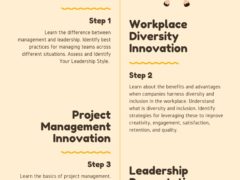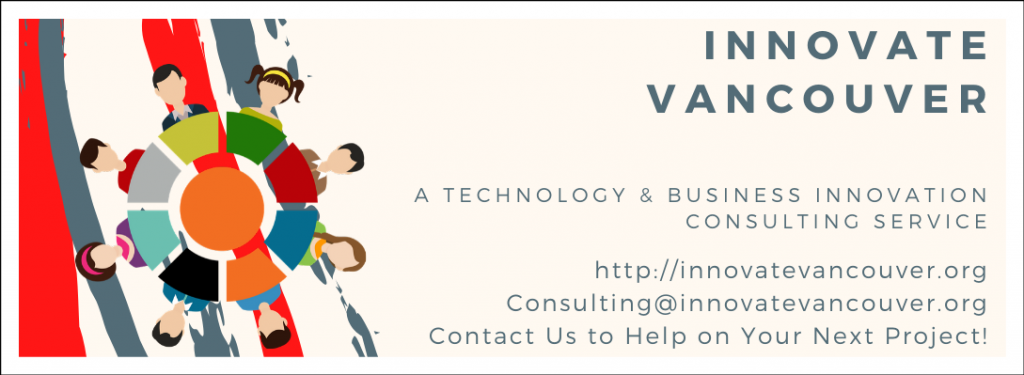Project and operations environments respond to project management best practices differently. As a result, a different approach is often needed to deliver a project in either environment. This is amplified when the internal environment is primarily defined by best practices relevant to an operations management approach which influence:
- Reporting relationships
- Job descriptions/ competencies
- Tool/ Processes used
- Explanatory models available, &
- Culture
A project management office (PMO) working within an operations environment has to take into account the different assumptions, tools, strategies, processes, and structures of the operations environment. Rigid implementation of PMBOK best practices will likely meet resistance and this needs to be accounted for during the initiation, planning, and execution stages of the project life-cycle. Failure to account for ‘cultural differences’ of the project vs. operations environment can be costly.
This is amplified by the project manager’s lack of authority when working in distributed and/or matrix operations environments. Team members, including project owners (corporate directors, work-stream managers, channel owners, etc.), may have different priorities. An operations culture also faces more challenges when missing the accountability mechanisms and tools already included in the project management standards:
- Schedules
- Deadlines
- Reporting Dashboards
- Metrics
- Requirements
- Scope Management
- Role Definitions
- Risk Registers
- etc.
Project management competencies are typically not incorporated into an operations job description. As a result, the necessary key performance indicators, tracking tools, and coaching models for reinforcing and sustaining the use of these assets are dependent on informal leadership, learning development, and strategy implementation tools/processes.
These informal assets are supplemented, although not always complimentary, with available operations tools, processes, and models. Unfortunately, the ‘sum of the whole’ is often ‘less than the total of its parts’. Operations assets are often in conflict with the guiding tools, processes, and values built into the project management model. The gap between operations and project management approaches needs to be closed if the project is to be delivered on schedule, within cost, and per specifications.
Both models are often driven by personalities instead of strategy. Diametrically opposed strategies, values, and tools will only increase these tensions as: 
- Risks to the project increase
- Performance lapses are explained, &
- Environmental accountability is temporarily reinforced
The last artifact is particularly likely in operations cultures where:
- Workload allocations are managed poorly
- Cross training is absent (or lacks adequate sustained reinforcement)
- Leadership roles are poorly defined (or lacks adequate sustained reinforcement)
The tool provided below is agnostic in that it advocates for neither a project or operations-centric approach. Instead, it seeks to clarify what processes, tools, and model(s) will be used to deliver the short-term project. With that said, research has strongly supported that approaches that are unaligned with PMBOK best practices are at increasing risk of running over schedule, budget, and under-deliver specifications. Whatever approach is taken it needs to be:
- Transparent
- Accountable
- Specific
- Measurable
- Actionable
- Realistic, &
- Timely
| Primary Strategy Components | Comments |
| Model Assumptions, Tools, & Processes | |
| Roles & Responsibilities | |
| GAP Analysis: Strengths, Weaknesses, Opportunities, & Threats | |
| Risks & Mitigation Strategies | |
| Project Requirements Analysis | |
| Project Delivery – Competency Analysis | |
| Project Readiness Analysis | |
| Planning Decision: No/ No Go |
Every project team is familiar with case examples of projects that failed to meet specifications because the operations environment in which it was developed (and in many instances delivered) remained unaccountable. Project owners in many of these case examples were often absent from most key discussions (or near impossible to find when needed), unfamiliar with the requirements needed for the project to deliver a valued output, and/or uncommitted to setting the project as a priority for their channel.
A capability analysis begins with a few simple questions:
- Do we have the resources
- Do we have the commitment
- Do we have the tools, &
- Do we have alignment
Each of these can be broken down into further granularity as the planning architect continues to evaluate the environment’s capability to deliver a project. These questions and planning model component competencies listed in the spreadsheet above), introduce a lot of accountability into the project. Resistance should not be ignored but incorporated into larger planning and coordination discussions as the environment’s project delivery capability is evaluated.
How is your team closing the gap between the operations environment and the project management office? Share your comments below.
Travis Barker, MPA GCPM
Innovate Vancouver
Innovate Vancouver is a business development & consulting service and technology startup located in Vancouver, BC. Contact Innovate Vancouver to help with your new project. Innovate Vancouver also gives back to the community through business consulting services. Contact us for more details.o




